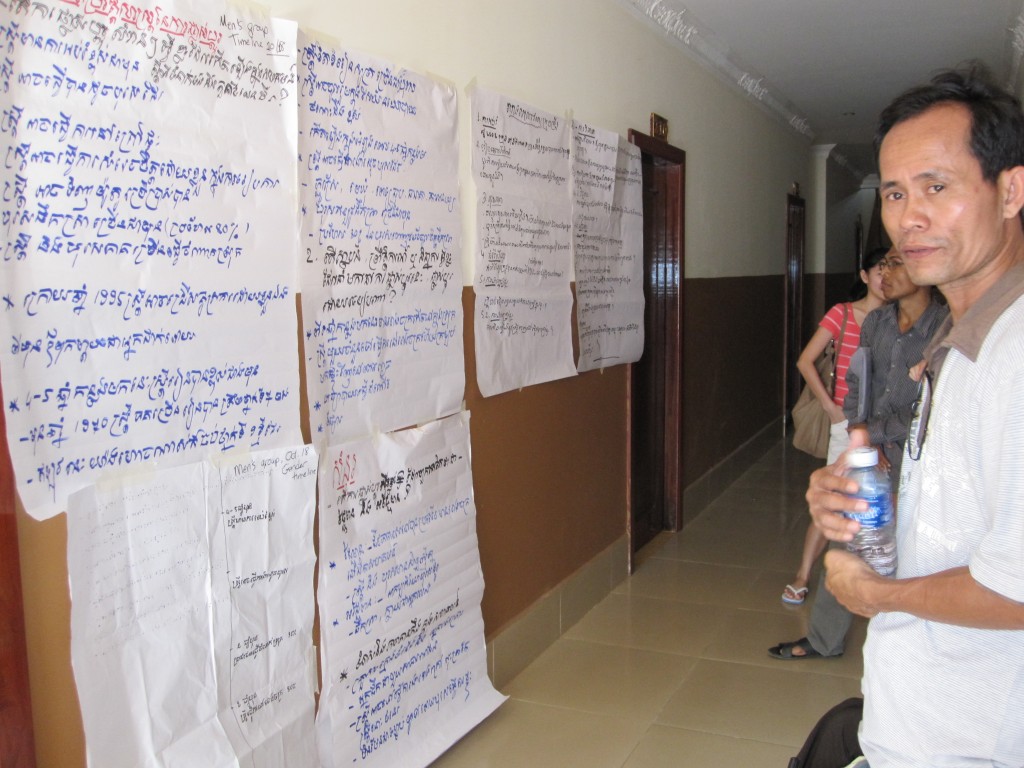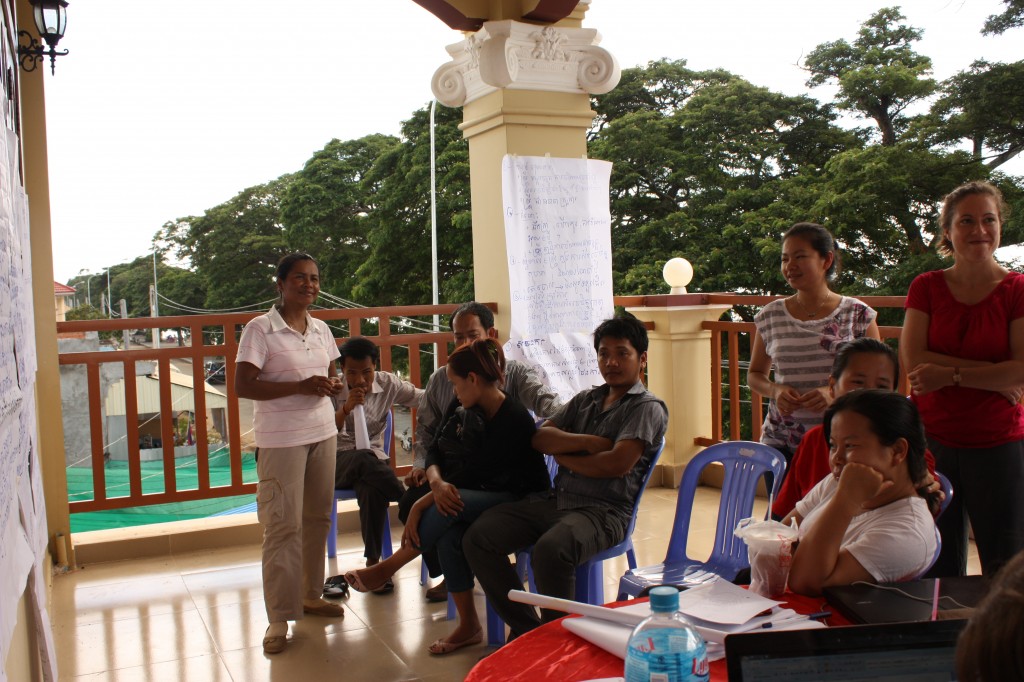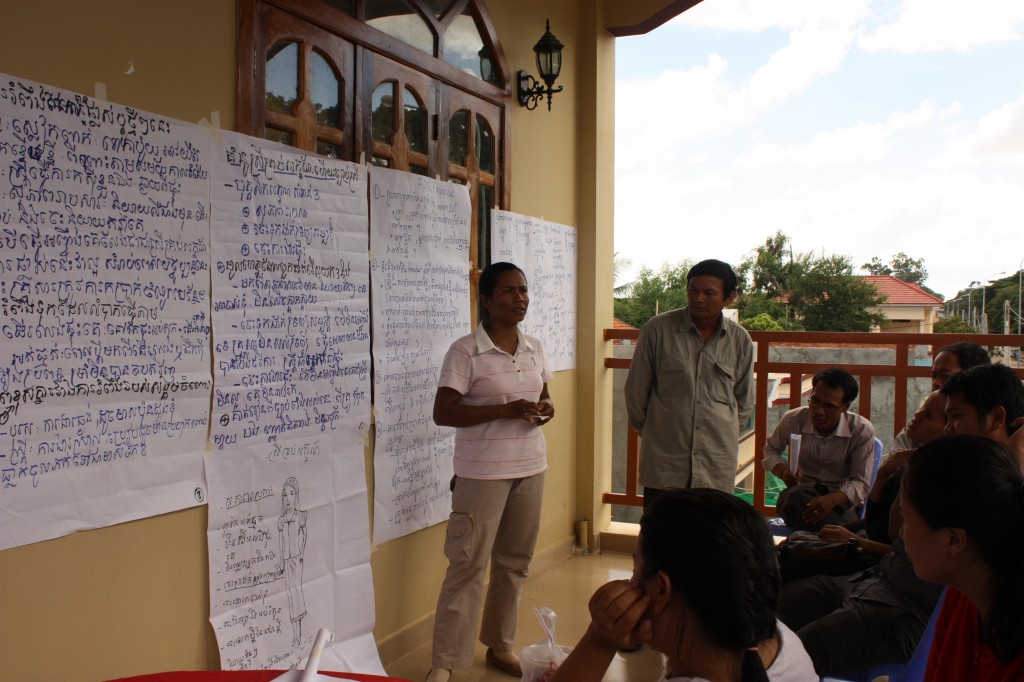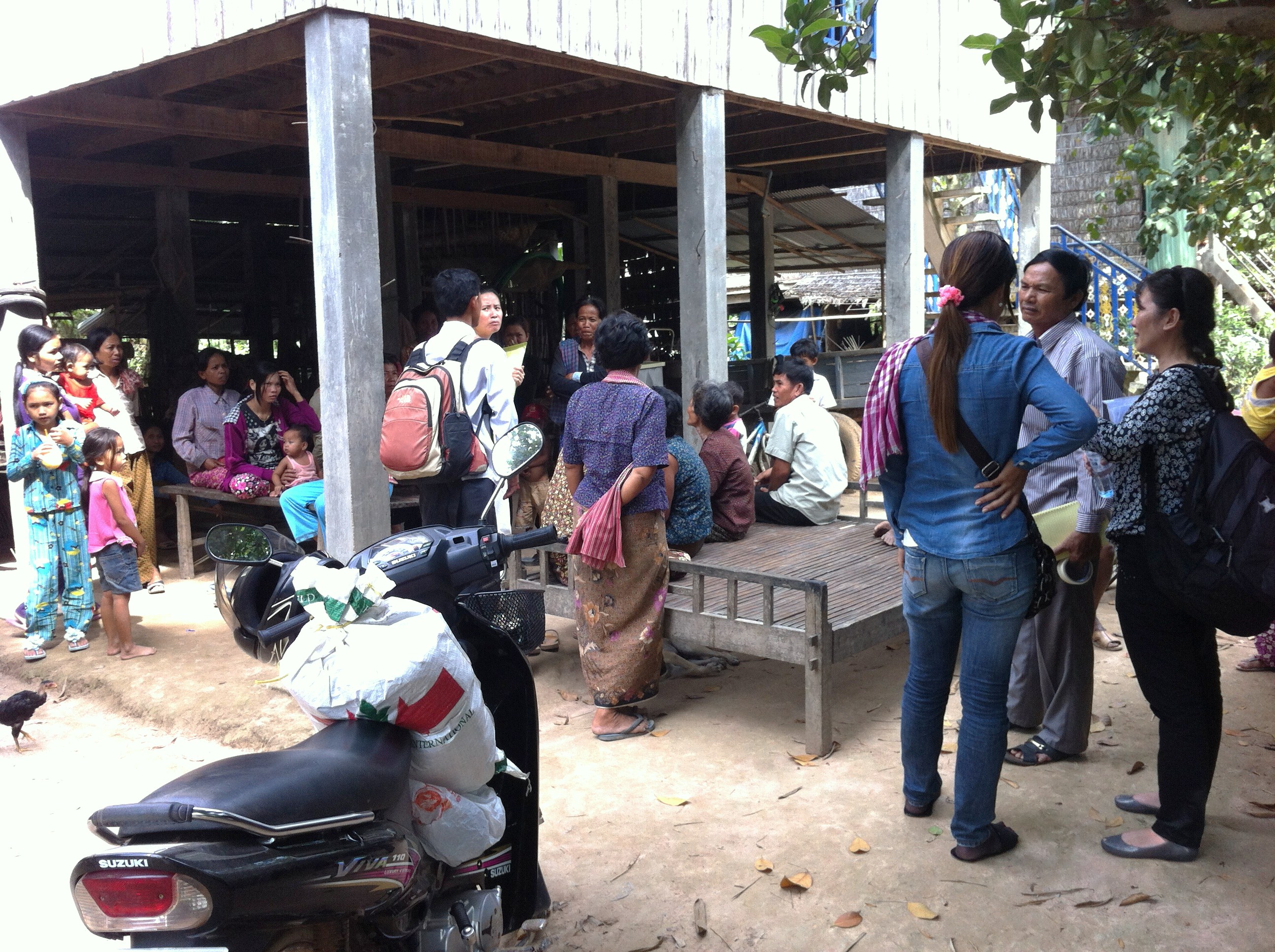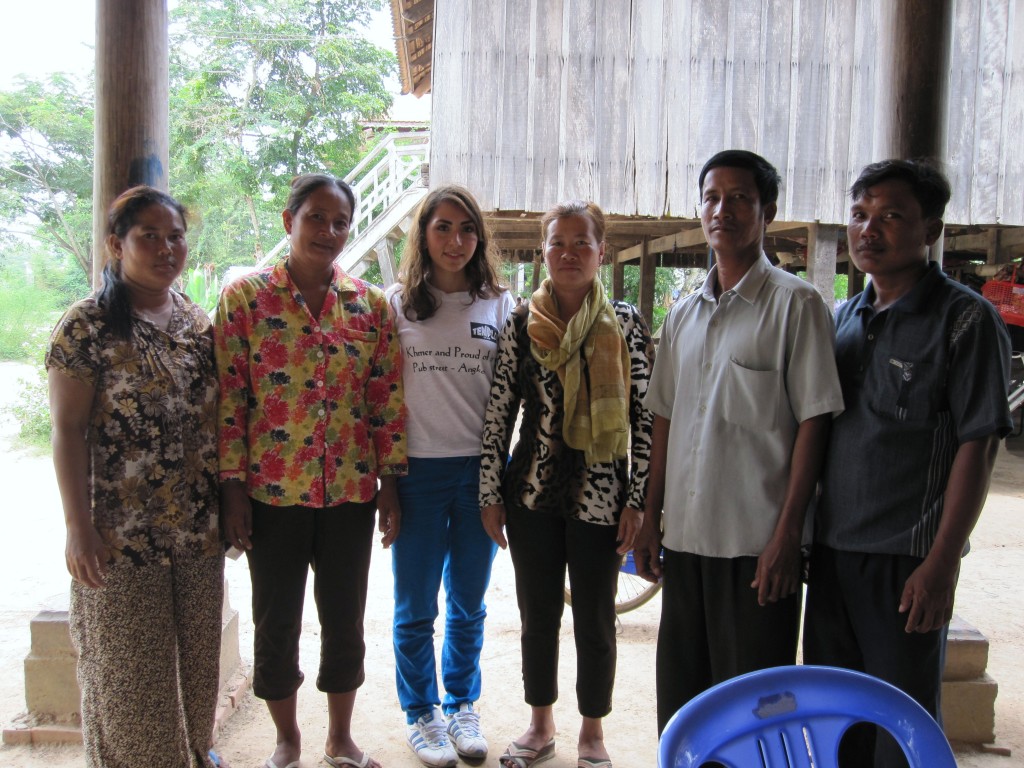As mentioned before, our days on the field were paced for one day of data collection followed by a day of summarizing our findings.
Once all the raw data was collected from our group discussions and interviews, they were consolidated- to ensure all notes were collected and consistent. Next, the notes were summarized using a set of questions particular to each tool. This was an interesting and effective method; it guided our taught process to look beyond mere facts, and start to make connections.
After summarizing the notes each group presented their findings, which was followed by group discussions of the results. These discussions allowed for comparison of the different groups and highlighted areas in need of improvement. Overall, I found that these deliberations gave a holistic outlook to each community and gave a glimpse of what each group’s expectations are. We ended each discussion by clarifying areas that lacked information, and what can be done the next day to ensure they were addressed.
On our last day we summarized our overall understanding of the gender related issues in the communities we had visited. We concluded that for our next field visit we will focus on the following topics:
- Migration for work, and the impact it has on the children that are left to the care of grandparents. What is the impact on their nutritional status.
- Learn more about domestic violence in the communities. What resources are available for women who decide to take action against it?
- Learn more about fish preferences, especially the six fish species that will be used for Fish on Farms project.

